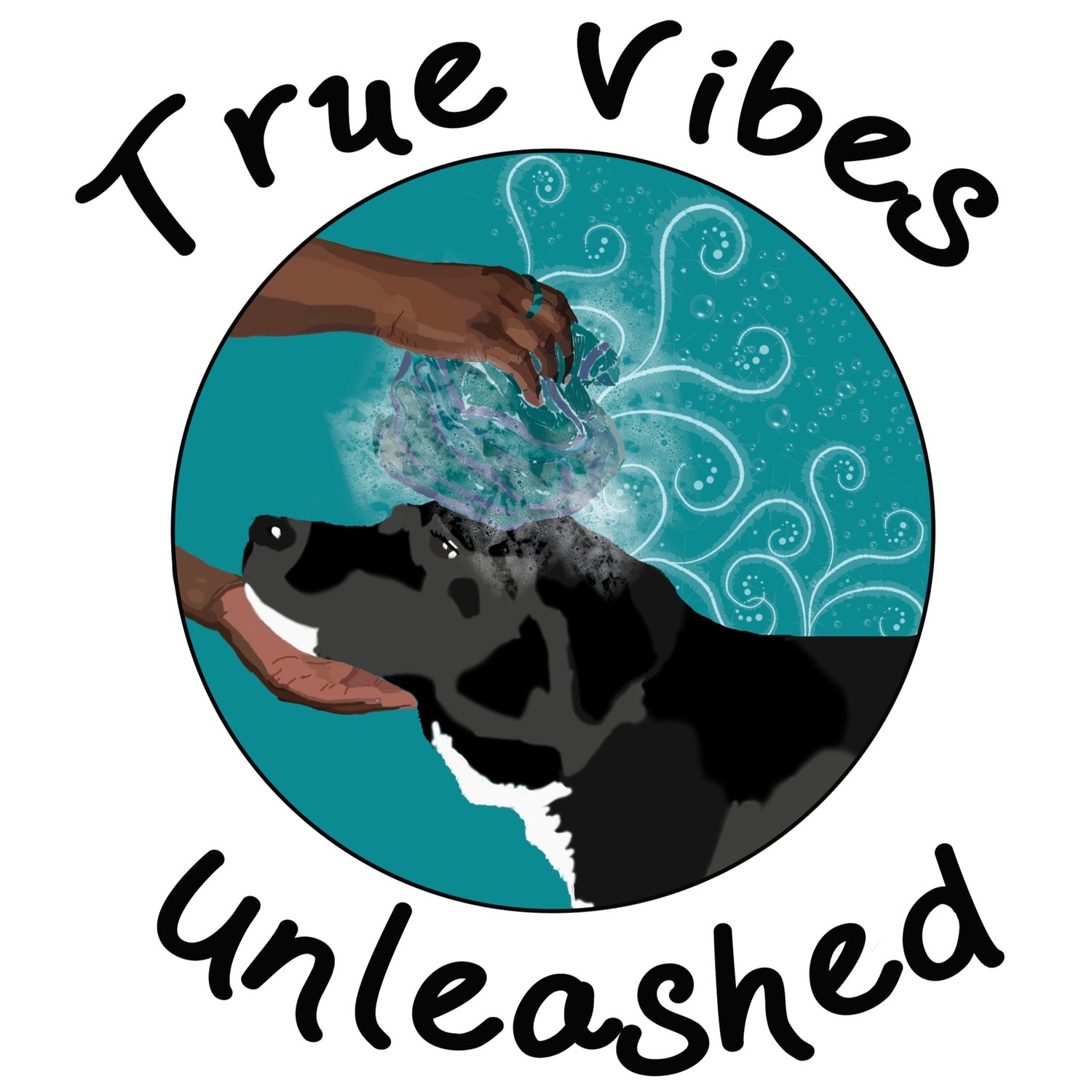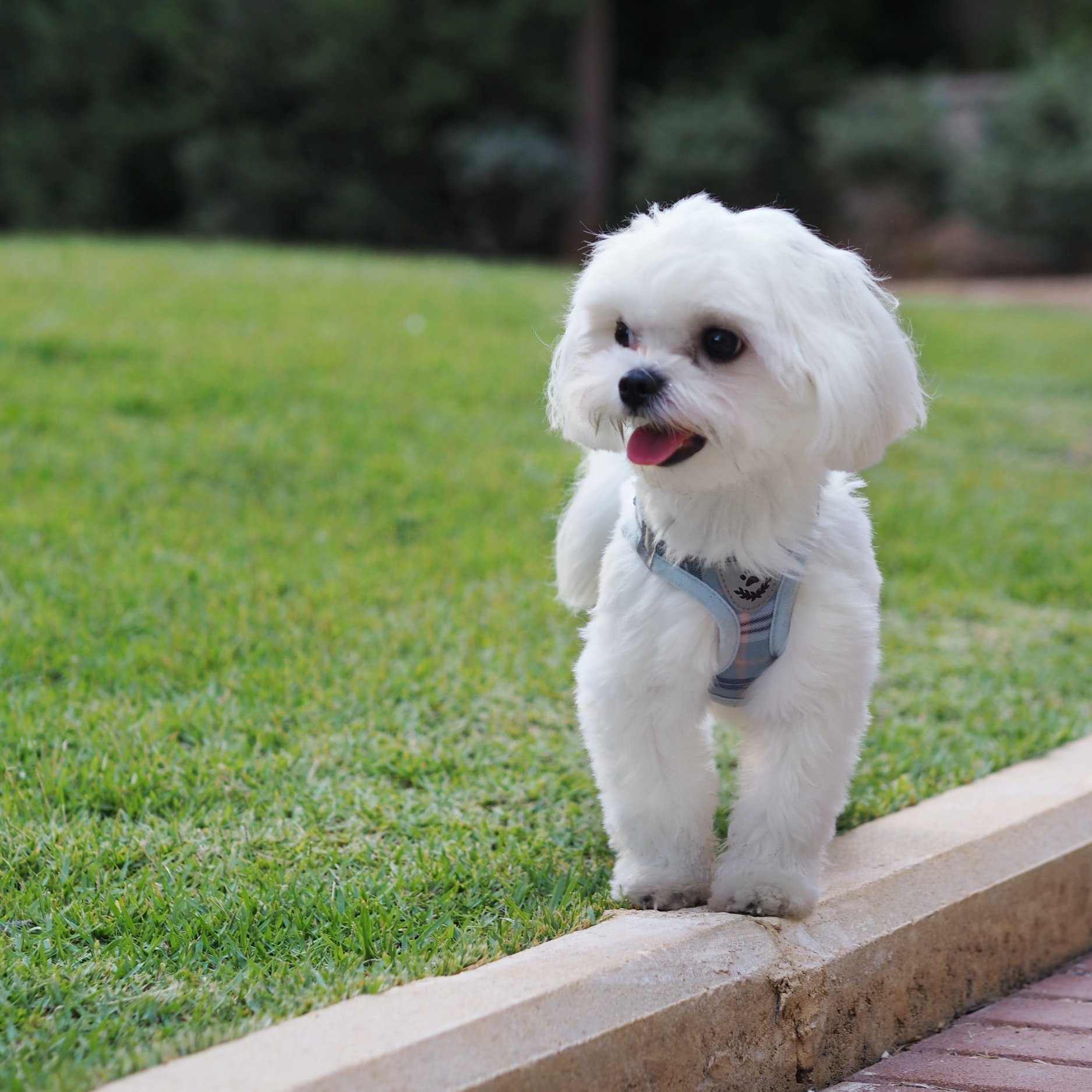Brush and Comb Recommendations
True Vibes Unleashed may receive a small commission for clicked links on this page.
Brushing is the most important habit for pet parents to practice in order to maintain a coat that is tangle free, healthy, vibrant, and long-lasting. Brushing regularly also spreads natural oil throughout the hair shafts and skin, preventing skin issues and promoting shine. With dozens of different brushes on the market and different coat types, it can be hard to tell if you’re doing it right. Here is a collection of tips by coat type to help you fit a brushing routine into your lifestyle.
What are mats?
Mats are clumps of hair that have tangled together. Extensive matting is a serious problem as it prevents the dog from moving comfortably and can restrict airflow to the skin causing bacterial and fungal infections. The process of excessively brushing matted hair is painful for your dog and teaches them that grooming is not an enjoyable experience.
Brushing and combing your pet at home is the best way to extend the life of their groom and prevent matting.
Tips for smooth hair:
Breeds with smooth hair like boxers, frenchies, bulldogs, pit bulls, and chihuahuas require the least amount of home maintenance. You’ll never have to worry about these guys matting! These breeds can still be sheddy, so it’s important to use the right brush for their skin.
How often should I brush? I would recommend once every 1-3 weeks. The amount of brushing you’ll do depends on how much your dog sheds and what season we’re in. Dogs shed the most during fall and spring when the weather makes big changes.
Pro Tip: You can get the most amount of shed out by brushing after a good bath. Wait until they are completely dry before brushing.
What kind of brush should I use? The only brushes I recommend for smooth haired breeds is a rubber curry brush like the KONG Zoom Groom or a Boar Bristle Brush. A rubber curry brush can be used in a circular motion all over the body and face to coax out any dead coat. The boar bristle brush is a finishing tool that won’t coax out much hair, but it will gently smooth out the coat and spread their natural oils which helps keep their skin healthy.
Please do not use combs, furminators, or slicker brushes on these single-coated dogs. They do not have an undercoat and using those tools will scratch their skin.
Tips for short hair:
Short-haired breeds like labs, rottweilers, and german shepherds tend to be the dogs that leave the most hair behind on our couches and carpet. They have a double coat which means the dense undercoat is responsible for all the shedding.
Although you never have to worry about this kind of dog getting matted, brushing regularly will help coax out unwanted undercoat and spread oil throughout the skin.
How often should I brush? Short haired dogs should be brushed at least once every 1-3 weeks to stay on top of shedding.
What kind of brush should I use? You can coax out the sheddy undercoat with a carding tool like a SleekEZ or an undercoat rake. When using either of these tools, hold the skin taught (tight). To spread oils and promote a shiny top coat, use a rubber curry brush or a bristle brush.
Tips for straight hair:
These include Maltese, Yorkies, Shih-Tzus, Springer Spaniels, and Terriers to name a few.
Single-coated dogs with straight or wavy hair do best with a pin brush and a comb. A pin brush glides through the coat and has a low chance of breaking the hair follicle, which can end up causing more matting. Be sure to use conditioner spray while you brush to reduce static and help their coat stay soft and shiny. Use a comb after brushing to check your work. and create a nice finish.
Tips for medium length curly hair:
When choosing a haircut, many people opt for medium length hairstyles. It’s fairly easy to take care of and still gives the pet a cute, fluffy appearance.
How often should I brush? - I recommend at least once a week. Brushing every day is ideal, as it ensures you’re staying on top of those tangles and takes the least amount of time per brushing session. The longer you wait, the more time the brush session will take.
What kind of brush should I use? - Your best bet for medium length curly hair is a slicker brush. It does a great job of working out mats, fluffing up curly coats, and helps coax out sheddy or thick undercoats. Pro Tip: If you are buying a slicker brush at the pet store, use the pins on your own skin first. If it’s scratching you, it will scratch your dog. That’s why I love and recommend a coated pin slicker brush.
Check out this video for brushing techniques and tips to keep your dog calm during the process. You’ll also learn about tools that will make the process easier. Scroll down to view links to all the products used in this video.
Remember - Always use a comb to check your work! To the naked eye, it can look like we’ve brushed everything out. The only way to be sure we didn’t miss any tangles is to run a comb through the body. The comb will catch anything from big chunks of matted hair to small tangles that can be separated with just your fingers. Once you catch a mat, always use a brush to work it out. If it is not coming out with a brush, it may need to be shaved out by your groomer. Using a comb to force out tangles is painful to your dog.
Tips for long or very thick hair:
If you love the look of a long, luxurious, and flowing coat, be prepared to show that beautiful coat a lot of attention.
Hair that is longer than 1 inch can tangle daily and requires more frequent trips to the groomer. If you have a long and thick dog like an Alaskan Malamute or Great Pyranese, it’s important to remove all that thick undercoat to prevent clumping and skin issues.
How often should I brush? Every day is ideal for long coats. Be sure to check commonly missed areas like behind the ears, between the toes, the armpit area, the chest area between the front legs, and the base of the tail.
What kind of brush should I use? Having a long coat is surely an investment of money and time, so it’s important to own a brush that can handle that much hair in less time. The Chris Christensen Big K Brush is a favorite among the grooming community. It does a fantastic job of reaching the skin without causing too much discomfort for your pet.
You will also need a poodle comb to check your work! Poodle combs have more space in between the teeth so it’s easier to comb through a thick coat.



















